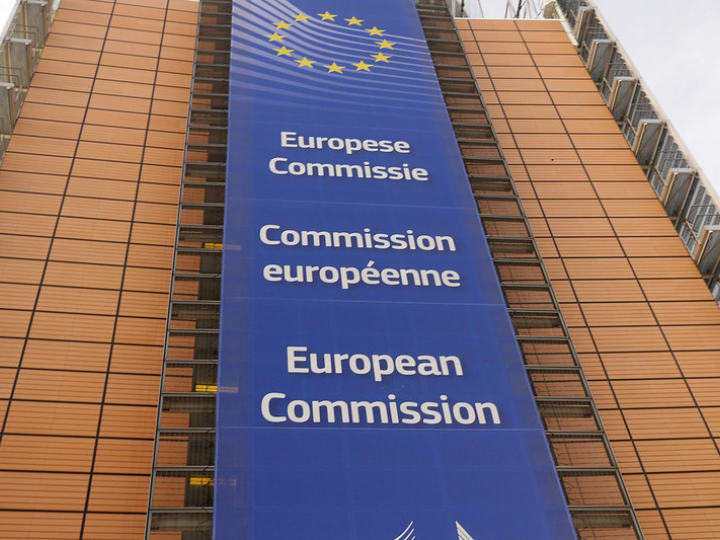The cost of executive travel includes more than just the money paid out for an air ticket or a taxi ride; business trips also have an environmental price tag.
If you take a taxi from central London to Heathrow airport your vehicle will emit roughly seven kilograms of carbon dioxide.
Share a taxi or take public transport and your carbon "footprint" gets smaller.
This carbon footprint is a representation of the effect you, or your business, has on the climate in terms of the amount of greenhouse gases you produce.
Business travel inevitably generates carbon emissions, which are likely to accelerate global warming and climate change. For any airborne trip, flying accounts for 90 percent of your carbon footprint.
"In 1999 the world's leading climate scientists estimated that 600 million tonnes of carbon dioxide a year was pumped into the earth's atmosphere through flying," says Graham Simmonds, chief executive for Trees for Cities.
"To put it another way, flying accounts for 3.5 percent of mankind's contribution to global warming, so it is serious business."
Flying business class also leaves a larger carbon footprint, since executive seats take up a lot more space in an airplane -- Simmonds believes the footprint is up to 50 percent larger than sitting in economy.
One option is to offset emissions by planting trees that absorb carbon dioxide. For a round trip from London to New York, which covers 11,000 kilometers (6,200 miles) and produces 1.4 tonnes of carbon dioxide, you need to plant six trees.
For a short haul return flight from London to Frankfurt, a distance of 1,300 kilometers, you need two trees to absorb the 250 kilos (550 lbs) of carbon dioxide.
The rule of thumb is that 4.4 trees are required for every tonne of carbon dioxide you emit when traveling -- the reason being that only one out of every four trees survives.
The Internet now provides carbon footprint calculators, where you type in the distances you travel by air and car, as well as household use, and out comes your carbon dioxide use.
The calculator gives you a better sense of your individual impact on global warming and which parts of your lifestyle deserve the greatest attention.
Trading your footprint
Another way to reduce your carbon footprint is to trade it. Companies are already buying and selling carbon permits at new financial exchanges, such as the European Climate Exchange and the Chicago Climate Exchange.
Emissions trading allows companies that produce a lot of carbon dioxide to meet emission targets by buying credits from those who are better at reducing their effects on the environment.
For energy-intensive sectors -- such as the travel industry -- it offers a cost-effective way to meet their obligation to reduce emissions.
"If aviation is not seen as a sustainable industry, it will be pushed away by the communities that it serves," says chief executive of British Airways, Rod Eddington, whose company is leading the way in this process.
"We have got to do this out of self-interest but it is also the most sensible way to address the emissions issues -- emissions that airlines inevitably produce."
If your company is not doing anything to offset your carbon footprint you can always take the matter into your own hands.
"The individual traveler can effectively purchase their use of carbon dioxide when they travel," says Neil Eckert, chairman of the European Climate Exchange.
"In the European Union you have got $2.2 billion tonnes of permits to pollute. And if the individual traveler buys some of those permits and takes them out of the system, that is gas that cannot go up a factory chimney."
CNN's Richard Quest was one of the first individual business travelers to purchase carbon permits on the open market.
The price per tonne of carbon emission is under $2. For $10 dollars, Quest was officially carbon neutral for his return trip to Vancouver.




 By: N. Peter Kramer
By: N. Peter Kramer

